Industry information
Company News
- Fluorocarbon aluminum veneer: the fashionable new favorite of architecture, revealing its charm!
- 2. Aluminum veneer: a magnificent transformation of building curtain walls. 3 Curtain wall aluminum veneer, a building aesthetic
- Curtain wall aluminum veneer: a perfect display of the integration of architectural aesthetics and technology
- Aluminum veneer customization, creating exclusive space aesthetics
- Aluminum veneer punching, creating a fashionable new space!
Industry dynamics
- Aluminum veneer curtain wall: the fashionable coat of modern architecture
- The key points for selecting aluminum veneer cannot be ignored!
- Aluminum veneer customization, creating a new trend of personalized space
- Innovation in customized design of aluminum veneer
- Aluminum veneer: understated luxury in modern architecture
Frequently asked questions
- What is the thermal insulation performance of aluminum veneer?
- How sustainable is aluminum veneer?
- Is the use of aluminum veneer limited by geographical environment?
- What is the thermal expansion coefficient of aluminum veneer?
- Can the insulation function of aluminum veneer be long-lasting and effective?
contact us
Mobile:+86 15627778610
Email: 2201229786
Address: No. 5 Binjiang Road, High tech Zone, Zhaoqing City, Guangdong Province
Application skills of fluorocarbon aluminum veneer in architectural decoration
- Author: Xinlongtai Aluminum Industry (Guangdong) Co., Ltd
- Release time: 2022-03-02 07:38:48
- Click:0
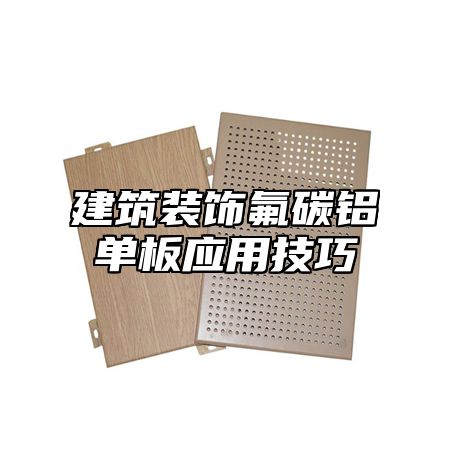
FluorocarbonAluminum veneerIt is a very practical building decoration material, which has advantages such as good aesthetics, corrosion resistance, and fire resistance. Below, we will provide a detailed introduction to the techniques and precautions for using fluorocarbon aluminum veneer in architectural decoration.
1、 Choose the appropriate color and texture
The color and texture of fluorocarbon aluminum veneer can be customized according to different needs, creating various styles and effects. When choosing fluorocarbon aluminum veneer, the appropriate color and texture should be selected based on the overall style and design requirements of the building to achieve the best decorative effect.
2、 Reasonably match other materials
Fluorocarbon aluminum veneer can be reasonably matched with other building materials, such as glass, stone, metal, etc., to increase the sense of hierarchy and three dimensionality of the building. When using fluorocarbon aluminum veneer, one should consider how to match it with other materials to achieve the best decorative effect.
3、 Pay attention to construction methods
During the construction process, attention should be paid to the installation methods and techniques of fluorocarbon aluminum veneer to ensure its stability and safety. Attention should also be paid to the construction environment and conditions, such as temperature, humidity, etc., to avoid adverse effects on the quality of fluorocarbon aluminum veneer.
4、 Regular maintenance and upkeep
Fluorocarbon aluminum veneer requires regular maintenance and upkeep to maintain its aesthetic appeal and service life. During maintenance and upkeep, professional cleaning agents and tools such as soft cloths, cleaning agents, brushes, etc. can be used to achieve the best cleaning effect.
5、 Pay attention to environmental factors
When choosing fluorocarbon aluminum veneer, attention should be paid to its environmental performance. At present, there are many fluorocarbon aluminum veneer products on the market that use environmentally friendly materials. These products not only do not pollute the environment, but also pose no harm to human health. When choosing fluorocarbon aluminum veneer, environmentally friendly products should be given priority.
The application of fluorocarbon aluminum veneer in architectural decoration requires attention to many aspects, such as color, texture, matching, construction methods, maintenance, etc. Only by paying attention to details and quality can the best decorative effect be achieved. We should also pay attention to environmental factors when choosing building materials and make our own contribution to protecting the environment.

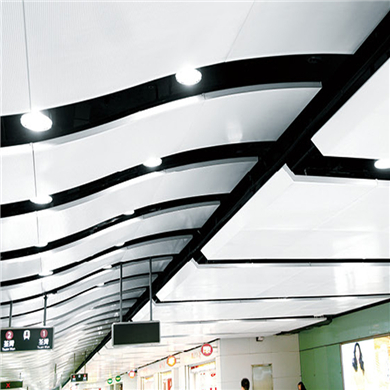
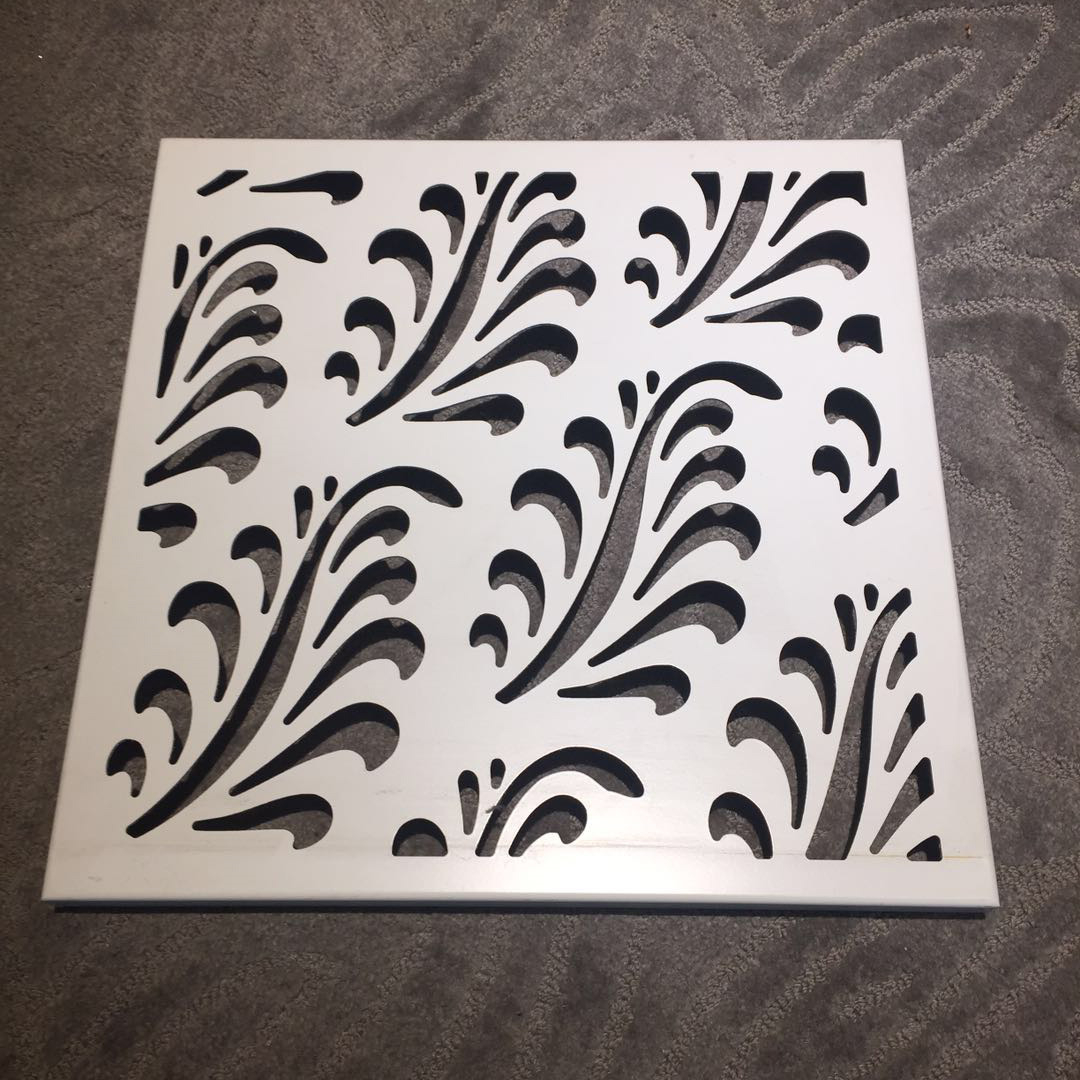
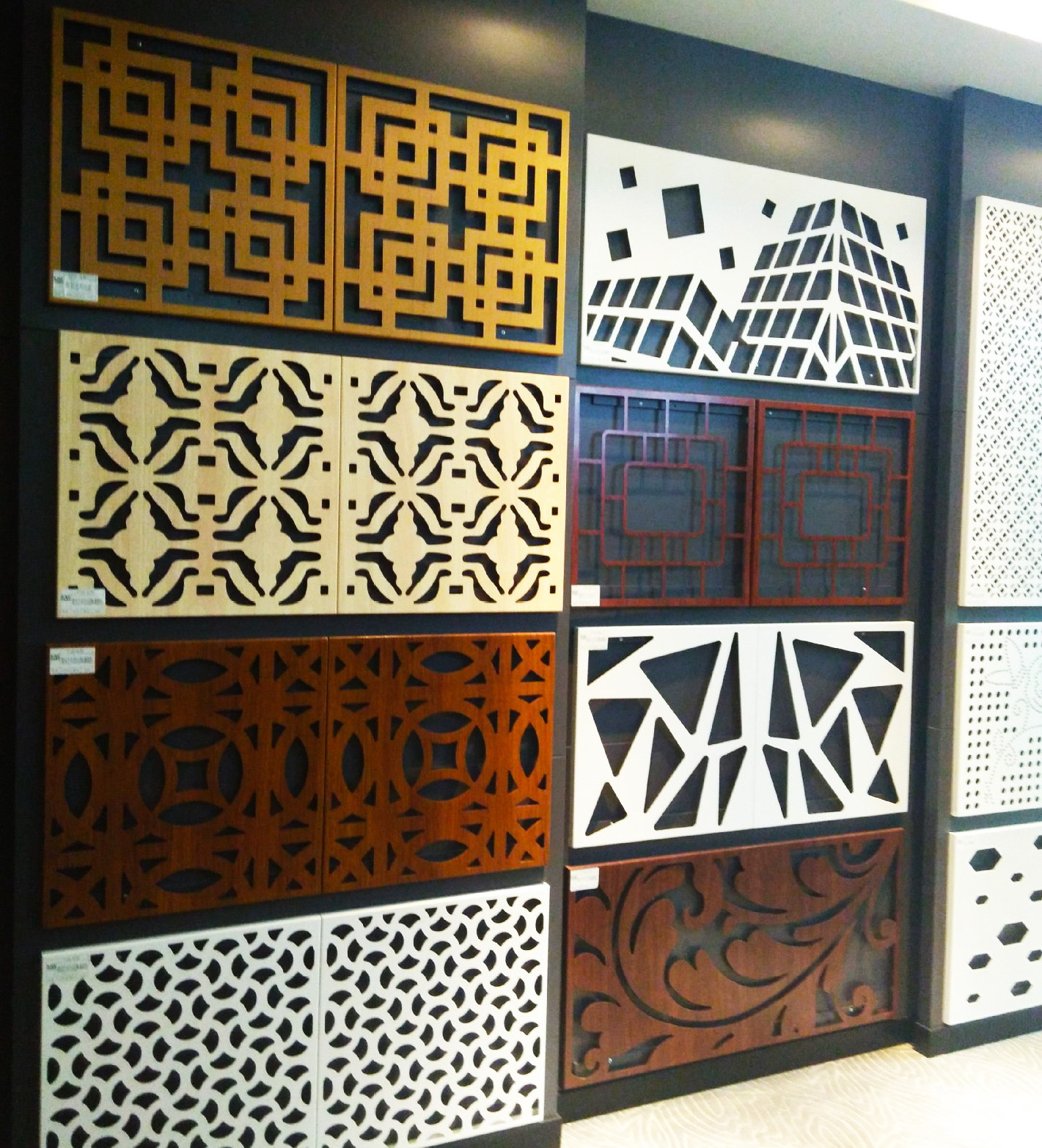
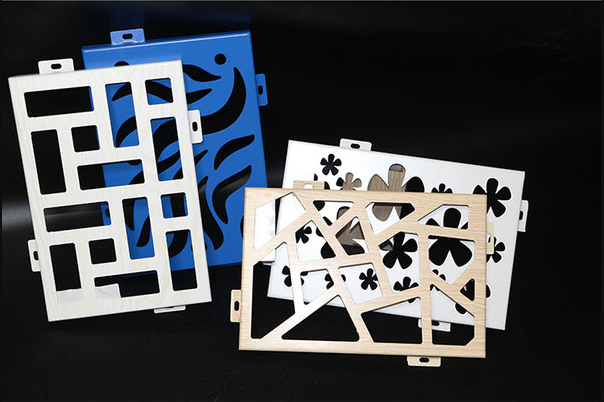
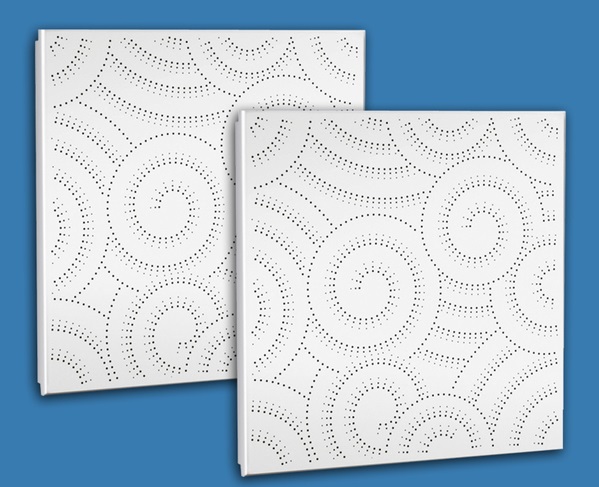
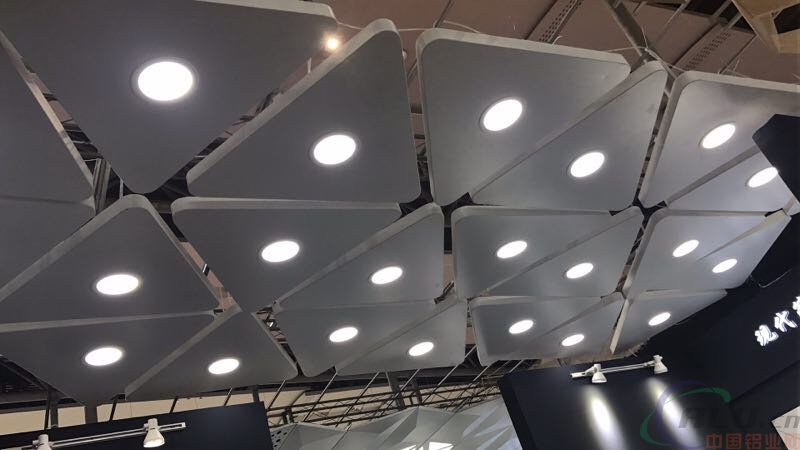
 Customer service QQ
Customer service QQ